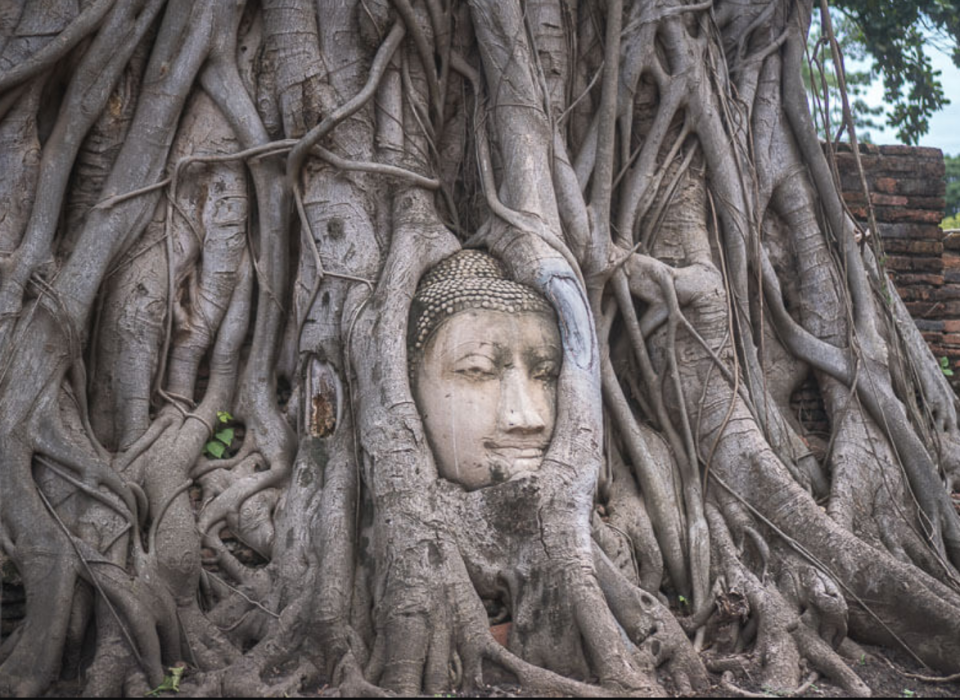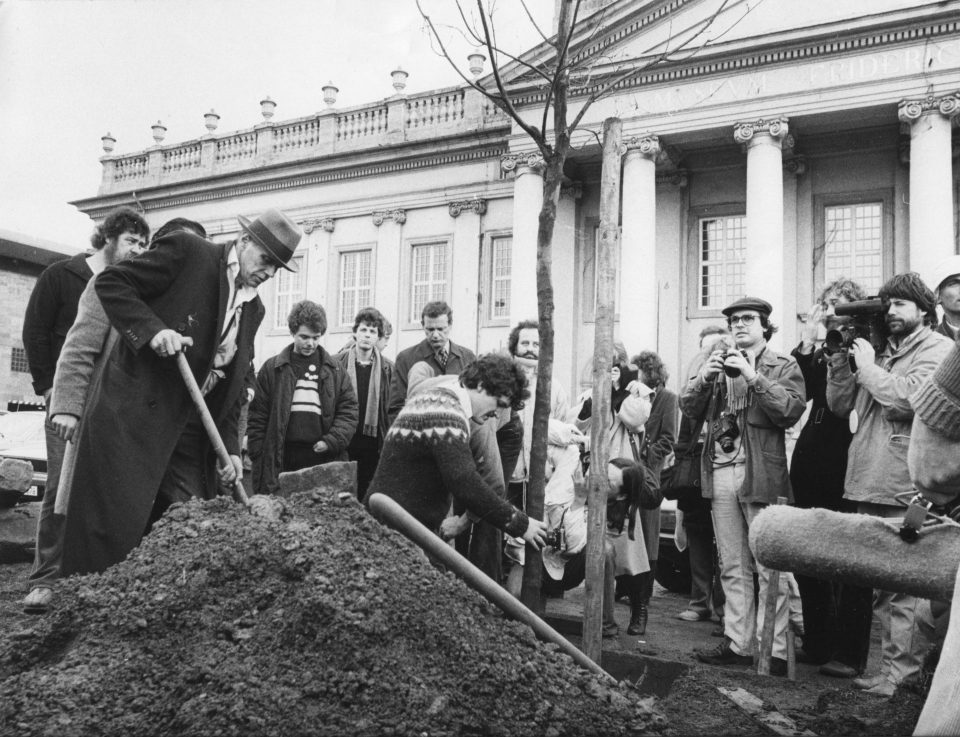Arboriculturist or Arboriculturalist?
31st May 2012The People’s Forest of Sheffield
6th July 2012Lessons In Tree Care From Ancient Egypt.
Hatshepsut is generally regarded by historians as one of the most successful pharaohs of Egypt. She lived in the 15th century B.C. and had a long and successful reign, marked by building projects and trading expeditions unrivalled by any other culture for a thousand years.
As well as being the first great woman in recorded history, inaugurating a long peaceful era and bringing great wealth to Egypt, she can also fairly lay claim to being the world’s first arboriculturist.
Historians agree that the highlight of her reign was an expedition to the fabled land of Punt, (considered by some scholars likely to have been what is today Somalia). For it’s time the expedition was enormous, consisting of five ships, each measuring seventy feet long and with several sails. Each ship accommodated 210 men, including sailors and thirty rowers; only returning after a two year long voyage along the African coast.
Yet the driving force for this expedition was not trade, slaves or war, but to acquire trees.
Specifically the mission was to acquire frankincense and myrrh trees. Two of the rarest perfumes of the ancient world was made from the resin of the tree and small bush, and frankincense and myrrh played an important part in Egyptian religious ceremonies and in the role of embalming the ‘mummies’.
When her fleet of five ships returned after the two year voyage they brought back five shiploads of various goods, yet the most prized of all their cargo was 31 live frankincense trees. The trees had been carefully excavated and their roots bound in balls of their indigenous soil for the duration of the long voyage. Upon arrival Hatshepsut had the trees planted in the courts of her Deir el Bahari mortuary temple. When these exotic trees were planted it would become the first known transplanting and establishment of foreign trees.
This expedition was the highlight of her reign and it was the sort of accomplishment she wanted memorialising on her temple walls. So she had the expedition commemorated in relief at Deir el-Bahri.
By using root protection and handling the trees by the root ball, using straps rather than the branches or the trunk, the picture shows that they applied current best practice in tree establishment.
Excavations at the temple began in the 1890s led by the French, which discovered a wealth of treasures. Also discovered at Djeser-Djeseru were the intact roots of frankincense trees. This tree root in front of the temple is claimed to have been the same tree brought from Punt by Hatshepsut’s expedition which is depicted on the temple walls.
The achievement of this arboricultural challenge – to successfully transport, transplant and establish 31 trees in a tough climate over 3500 years ago, cannot be overstated.
To have been successful, Hatshepsut and her team must have had a good understanding of arboriculture. From the initial planning stages, to selecting the right trees, transporting, establishment and continued tree maintenance. The mission shows that full consideration was given to the complex interplay of tree ecophysiology, the rooting environment, plant quality, planting and post-planting practice.
Had Hatshepsut not fully considered and understood these factors then the mission would have been an expensive failure and her place in history may have been very different.
In our towns and cities today, a mortality rate of up to 50% is commonplace for trees within their fist year after planting, which is an unacceptable waste of resources. The lesson from ancient Egypt then, is that the knowledge needed for successful tree establishment was founded long ago, the challenge for today’s tree professionals is to utilise it.










